
Aston Martin is a marque that holds a special place in the British motor industry. As a manufacturer of cars for over 100 years, its history is tied up with the British psyche, and the marque holds a special place in the hearts of all motoring enthusiasts. This book charts the history of Aston Martin from its early days in central London, as Banford and Martin, through the Bertelli years in Feltham and the post-war David Brown years at Newport Pagnell to the current day with its purpose-built, state-of-the-art factory in Gaydon, Warwickshire. Now seen as an iconic luxury British sports car manufacturer, Aston Martin has been designing, manufacturing and racing cars for over 100 years, almost continuously. Known for combining quality, style and performance in its products, the company has often struggled to balance these attributes with financial success. Fortunately, over the years generous investors who recognize the potential in the company have always been on hand to rescue and perpetuate the brand. Looking at the engines, the cars, the people, the business and car owners, this book tells the story of a quintessentially British marque.
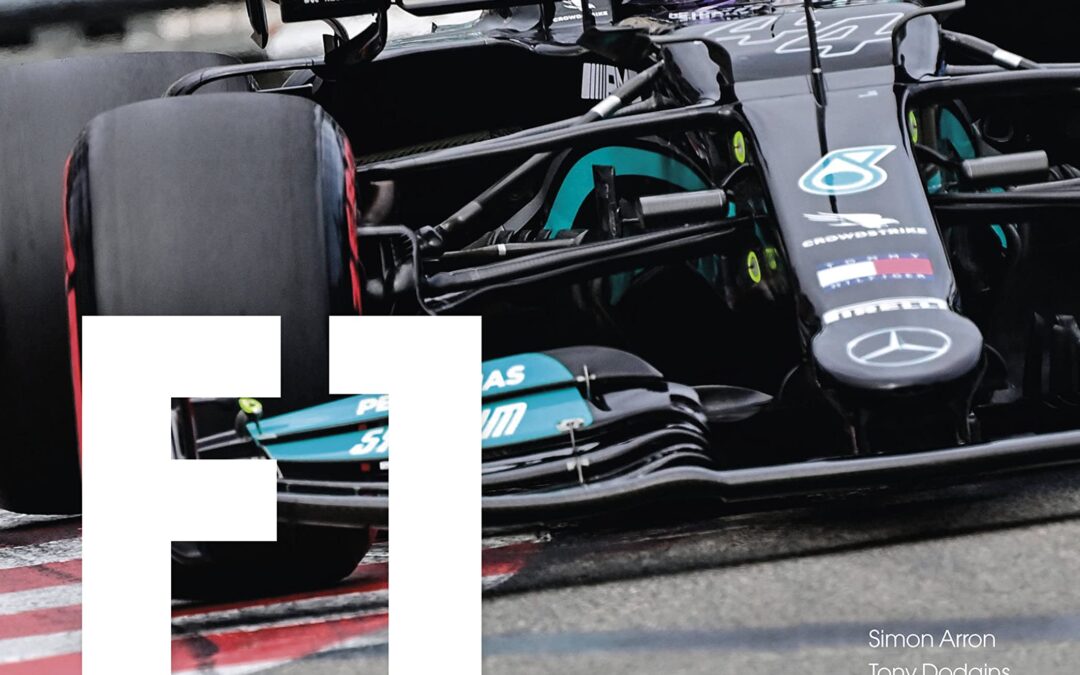
As Lewis Hamilton, Max Verstappen and Charles Leclerc battle it out head-to-head in the most hotly contested championship in years, this in-depth book, with a foreword from Haas team principal Guenther Steiner, tells the story of how the sport evolved into the exhilarating high octane spectacle it is today.
The new rules introduced in 2022 signal the greatest change to F1 in a generation, cracking the field wide open and seeing some of the most compelling and competitive races in the last 25 years.
Technical changes aimed at levelling the playing field for the teams combined with the sport’s tightening budget cap have made the races closer than ever. There will be more sprint races – trialed in 2021 – and greater fan interest driven by Netflix’s hugely successful ‘Drive to Survive’ series.
So, how did we get here? How did F1 become the acknowledged ‘Pinnacle of Motorsport’? Simon Arron and Tony Dodgins have identified the 100 most significant changes to the series since its inception in 1950. Formula One is unrecognizable from its debut season, where drivers raced around on old bomber training aerodrome in Northamptonshire with oil drums to mark the corners and straw bales the only concession to safety.
New fans will welcome a complete and highly illustrated guide to the history of F1, while older fans will be able to compare their own views of what were the pivotal moments of change, in a book written by experienced motoring writers with two lifetimes worth of knowledge of the sport.
The book will link technical progress with the personalities involved, indeed many of the swiftest changes have come about as a result of accidents or tragedies – the death of Roland Ratzenberger at Imola in 1994, the same weekend as Ayrton Senna, could have been avoided by the HANS safety device. The introduction of the halo saved Romain Grosjean’s life in Bahrain last year, but only came about because of the tragic accident that claimed Jules Bianchi in Japan.
Along with changes to circuits and the technology of the cars, this book highlights the commercial changes and the controversies that threatened to split the sport apart – such as the threat of breakaway series proposed at various times by teams.
A must-read for completists or for those new to the sport, F1: The Pinnacle is a fascinating insight into one of the most exciting and dangerous sports in the world.
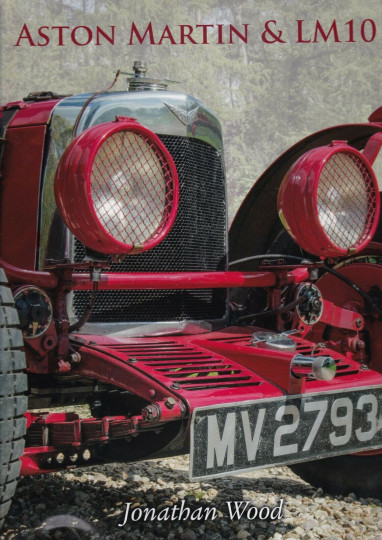
The book, numbering 350 pages, is prefaced with a foreword by Marek Reichman, Executive Vice President and Chief Creative Officer at Aston Martin Lagonda.
Jonathan Wood has written this book as a story, rather than a compendium of race results and Aston Martin models. The story is accompanied by sidebars which give more in-depth information on particular areas of interest.
The first 3 chapters are devoted to the history of Bamford & Martin, and Aston Martin up to 1932. The works Le Mans cars LM8, 9 and 10 are introduced for the first time in chapter 4. Much of the material in these early chapters has been contributed by Aston Martin’s archivists and has not previously been published.
The focus changes in the ensuing chapters to LM10, its sister cars, and their contribution both to Aston Martin’s racing pedigree and also to the development of Aston Martin road cars. The pre-war races are covered in some detail. As well as its 3 consecutive Le Mans finishes, LM10 was the works development car and the book details how improvements trialled at the Sarthe circuit were incorporated in the design of their most successful Le Mans road car, and the succeeding Ulster models. The history of LM10, its drivers and owners, is fully covered.
Unlike previous Aston Martin books, a large part of this volume is devoted to the lives of the individuals responsible for keeping the Aston Martin brand afloat, especially during the pre-war years.
Above all, it is primarily a story of the evolution of the Aston Martin brand, from its inception as Bamford & Martin to the post-war years. Sidebars included in the final 2 chapters briefly complete the Aston Martin story from Feltham to Ford, and up to the present day.
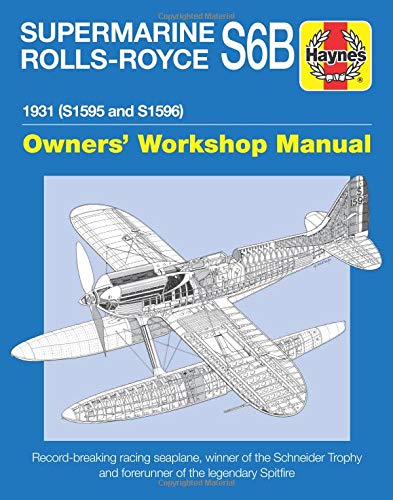
Record-breaking racing seaplane, winner of the Schneider Trophy and forerunner of the legendary Spitfire. (Haynes Manuals)
On 13 September 1931 the Schneider Trophy was won outright for Britain on Southampton Water by Flt Lt John Boothman flying Supermarine S6B, S1595, with a record-breaking average speed of 379.08mph. In Supermarine Rolls-Royce S6B Owners’ Workshop Manual, Ralph Pegram relates the story of the Schneider Trophy competitions and describes the development of British high-speed seaplane designs. He examines the anatomy of the S6B (including the Rolls-Royce R engine), as well as giving rare insights into its flying characteristics and how it was maintained, operated and – of course – raced in the final competition.
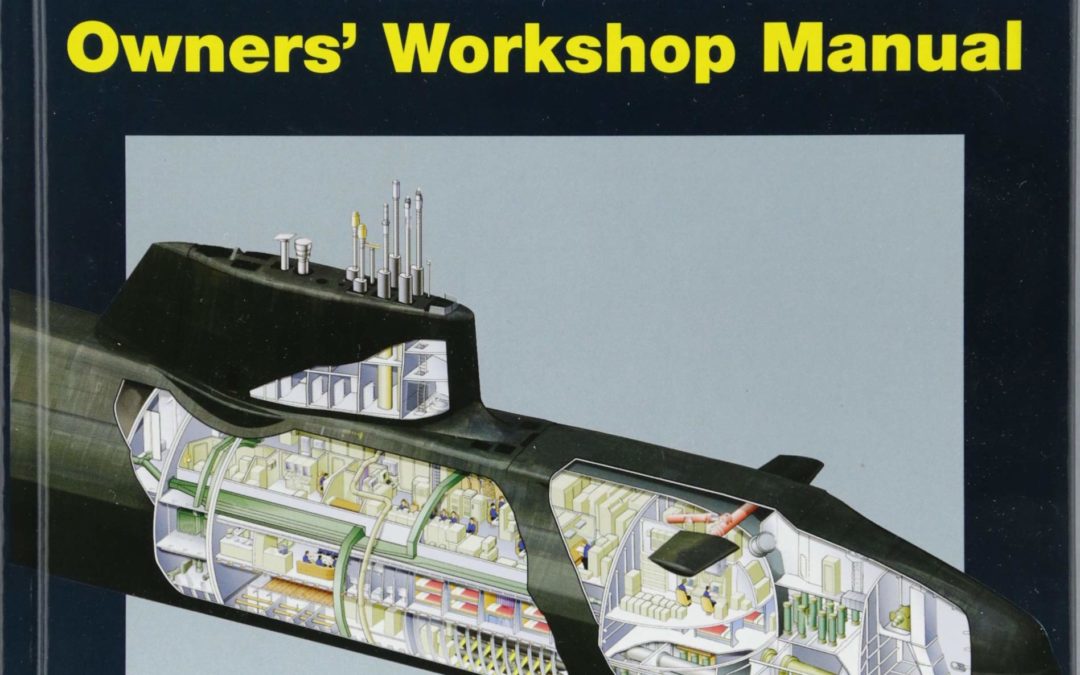
Insights into the design, construction and operation of the most advanced attack submarine ever operated by the Royal Navy
The Astute-class is the largest, most advanced and most powerful attack submarine ever operated by the Royal Navy, combining world-leading sensors, design and weaponry in a versatile vessel. The submarines are nuclear-propelled and fuelled by a nuclear reactor powerful enough to supply a city the size of Southampton. Its advanced technology means the submarines will never need to be refuelled. They employ the latest technology such as the Sonar 2076 that detects the sound of enemy submarines using the largest number of hydrophones ever fitted to a submarine. Linked with powerful onboard electronics these provide the submarines with outstanding sensitivity. The Astute submarines are armed with the latest versions of Spearfish heavy-weight torpedoes and Tomahawk land-attack cruise missiles.

Don Garlits on flying saucers, God and politics, Hand Grenade Harry with tales from the Pond, Sal fish, John Force, Jocko Johnson, Malcolm Bricklin, the Surfers, the Prince of Monaco, Danny Thompson, Bill Maverick Golden, Connie Swingle, Wild Bill Shrewsberry, Emmerson Fittipaldi, test pilot Darryll Greenamyer and Chris the Greek Karamesines.
Chock full of nostalgic knee-slappers from Squires of Chatham, lurid never before told craziness from the vortex of custom van movement, the Cannonball Run, indoor drag races, 46.2 g’s of deceleration, the best car practical joke ever, Europe by low rider, the incredible Car Craft Hemi Cuda, my ten favorite car events, 80 foot flamethrowers and more…
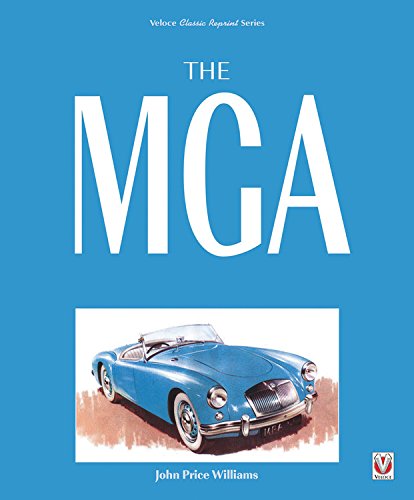
This new book is the definitive study of the MGA, for the author has gone back to factory records and to the people who worked on the car in the ‘fifties, to find out how it was conceived, manufactured and marketed. Here is the real story of the MGA’s engineering, body styling and every aspect of the car’s development and production – including MG’s strategy to beat its competitors. In seven years of production, there were major successes and sad disappointments. The MGA was the car that was “right first time” and though the Twin Cam variant was a nightmare for the factory, it is now the most sought after model. This book tells how the sleepy Thames-side village of Abingdon became a mass-production centre for the MGA, how the MGA became one of America’s best-loved sports cars and how the MGA has become one of today’s classic cars, cherished by enthusiastic owners all over the world.
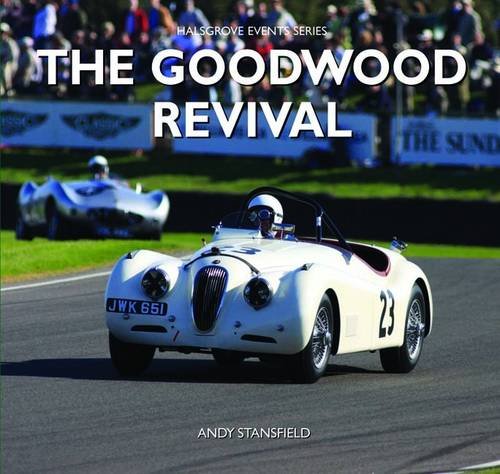
Goodwood House and its estate, home of the Earl and Countess of March, are synonymous with some of the finest aspects of English history. A magnificent mansion in a parkland setting at the foot of the South Downs, it was the seat of the 1st Duke of Richmond, born in 1672 and son of King Charles II. More recently, it was home to RAF Westhampnett during the Battle of Britain and it was from here that Douglas Bader flew his last mission.But Goodwood is also synonymous with racing, both of cars and horses. It was the 9th Duke of Richmond, Freddie March, who created Goodwood’s motor circuit, using the perimeter track of the wartime airfield to host the first post-war event at a permanent circuit.The spectating public, having been starved of track action since Brooklands closed in 1939, were enthusiastic and some 15,000 attended that first event. Fifty years later to the exact day, in the September of 1998, the circuit was reopened for the purpose of historic motor racing by the Duke’s grandson, the present Earl of March.
Hence the creation of the Goodwood Revival, a three day event each September which commemorates motor racing legends, both cars and drivers, from the period 1948 to 1966 along with aircraft associated with that period and the end of World War II. Following the first day’s practice and qualifying track action, Saturday and Sunday each feature eight races, brimful of action and spectacle, interspersed with track parades and air displays.The jewel in the crown is undoubtedly the one-hour RACTT Celebration race with a starting grid line-up which has been valued at a staggering £85 million, driven by some of the greatest names in motor racing history.
All of this and more is captured in this stupendous new book by master-photographer Andy Stansfield, containing over 140 action-packed images which exude nostalgia for the glories of Britain’s motor racing past.”

This book is based on a concept placed with Veloce by Anthony Pritchard shortly before his death in 2013. Graham Robson has written a detailed and superbly illustrated account of the Formula 1 cars powered by the Ford DFV V8 engine. This all-conquering power unit was the result of discussions between Colin Chapman, boss of the Lotus car company, and the UK Ford Motor Company. Design, development and manufacture was entrusted to the Cosworth company in Northampton, in response to Lotus’ desperate need for an engine for the 3000cc Formula 1 regulations that came into force for 1966. Lotus had exclusive use of the DFV in 1967, its first season, when Jim Clark drove the DFV-powered Lotus 49 to four World Championship victories.
Becoming available to other Formula 1 teams in 1968, adopters included McLaren and Matra. Graham Hill won the Drivers’ Championship with DFV-powered Lotus cars in 1968, and drivers of DFV-powered cars won the Championship in 13 out of 16 years. Year by year, the power of the DFV engine increased; new companies were set up to overhaul the DFV; and engines prepared by these companies were more powerful than those emanating from the factory.
Robson’s narrative starts with a look at Ford’s strategy of entering F1, a description of the design and development of this engine, and details the successes – and failures – of every Formula 1 car powered by the DFV engine. During these years the only manufacturer to successfully challenge DFV power was Ferrari, with drivers Lauda and Scheckter winning the Drivers’ Championship on three occasions. Because the DFV later gave rise to successful derivatives, such as the turbocharged DFX, and the DFY, DFZ and DFR evolutions, these are also analysed.
This important book is illustrated with more than 300 photographs, most of which come from the UK Ford Motor Company’s own archives.












